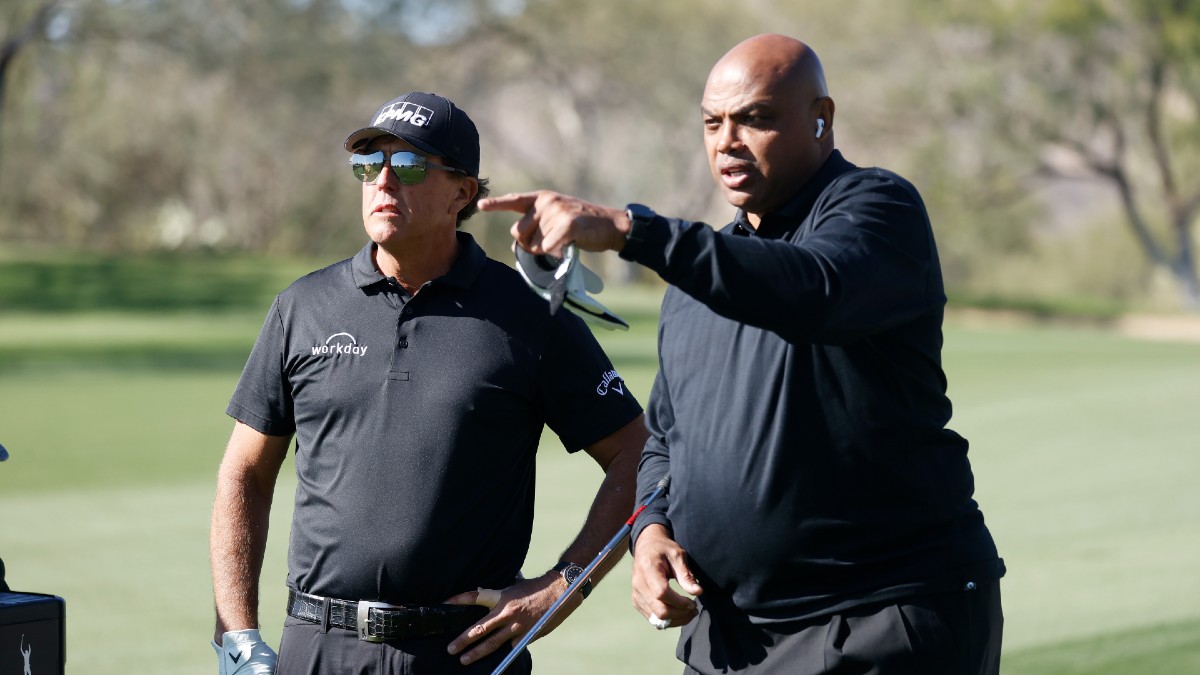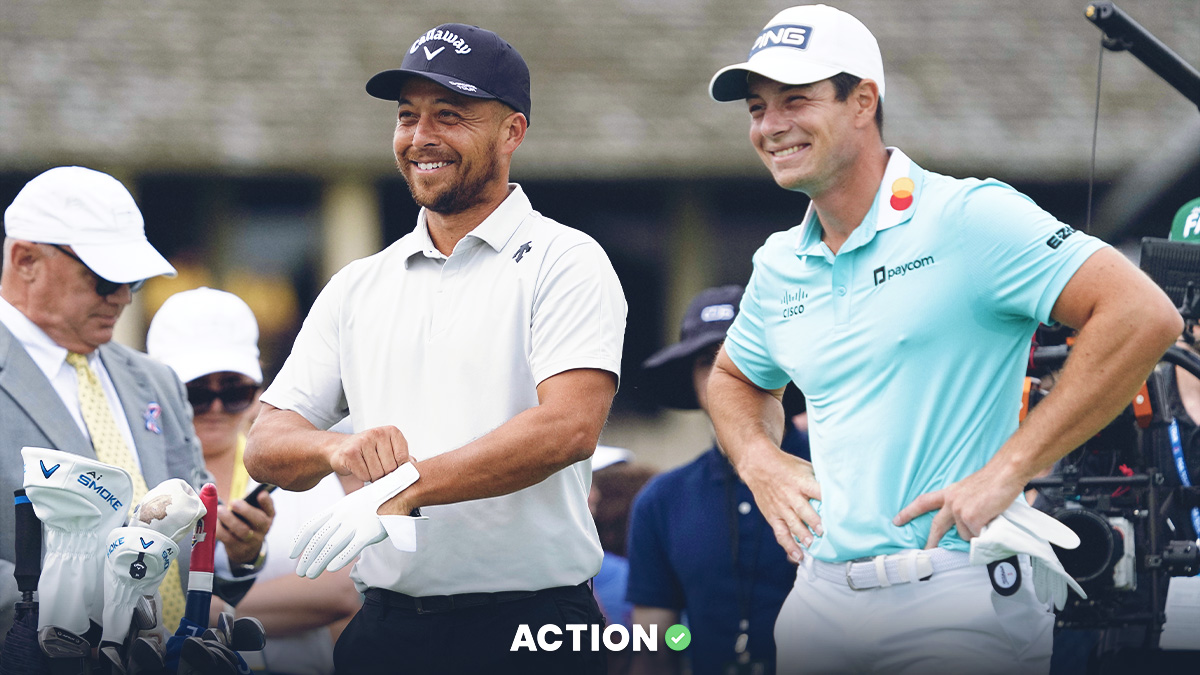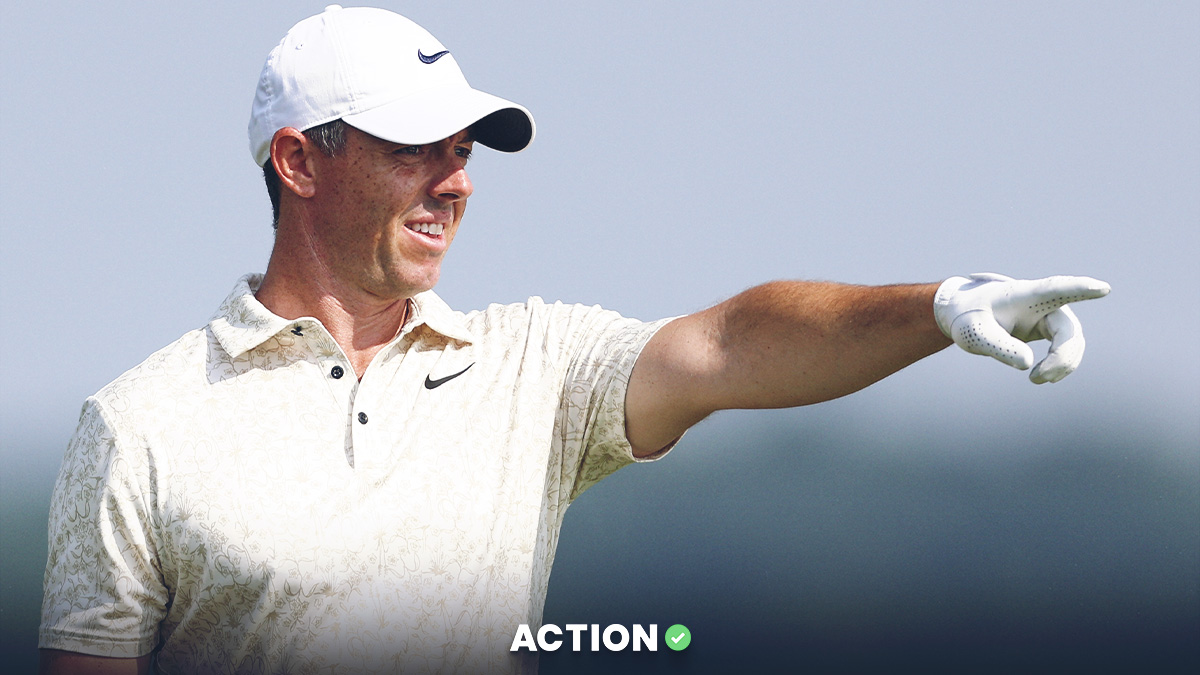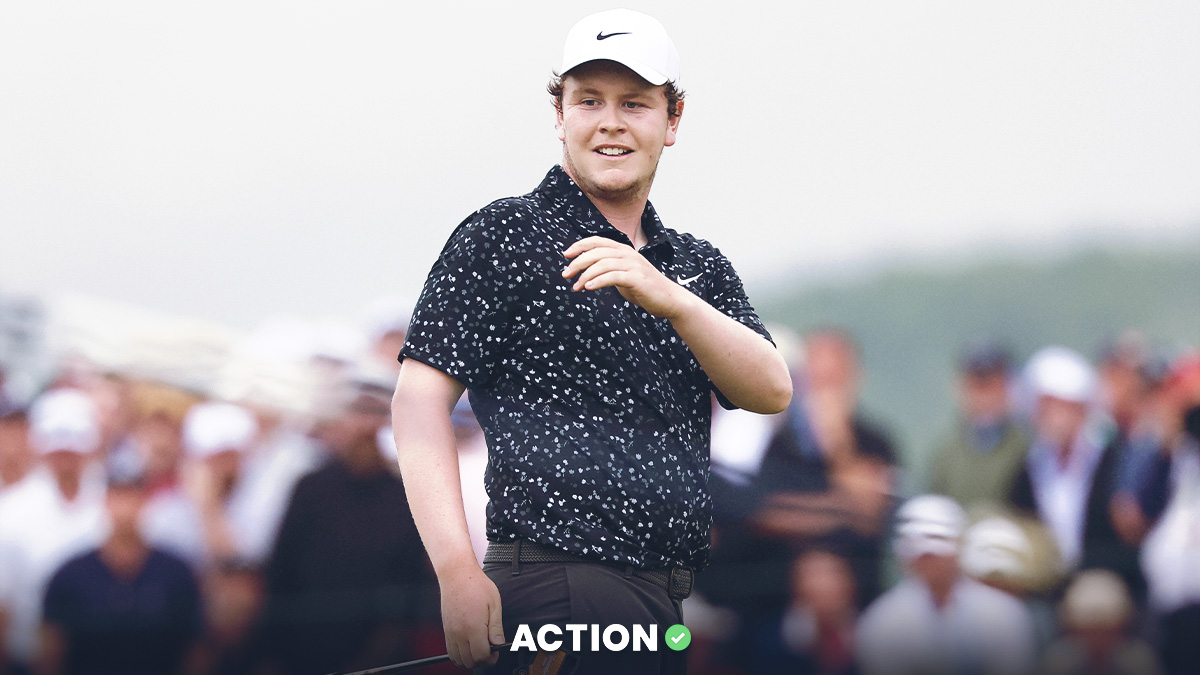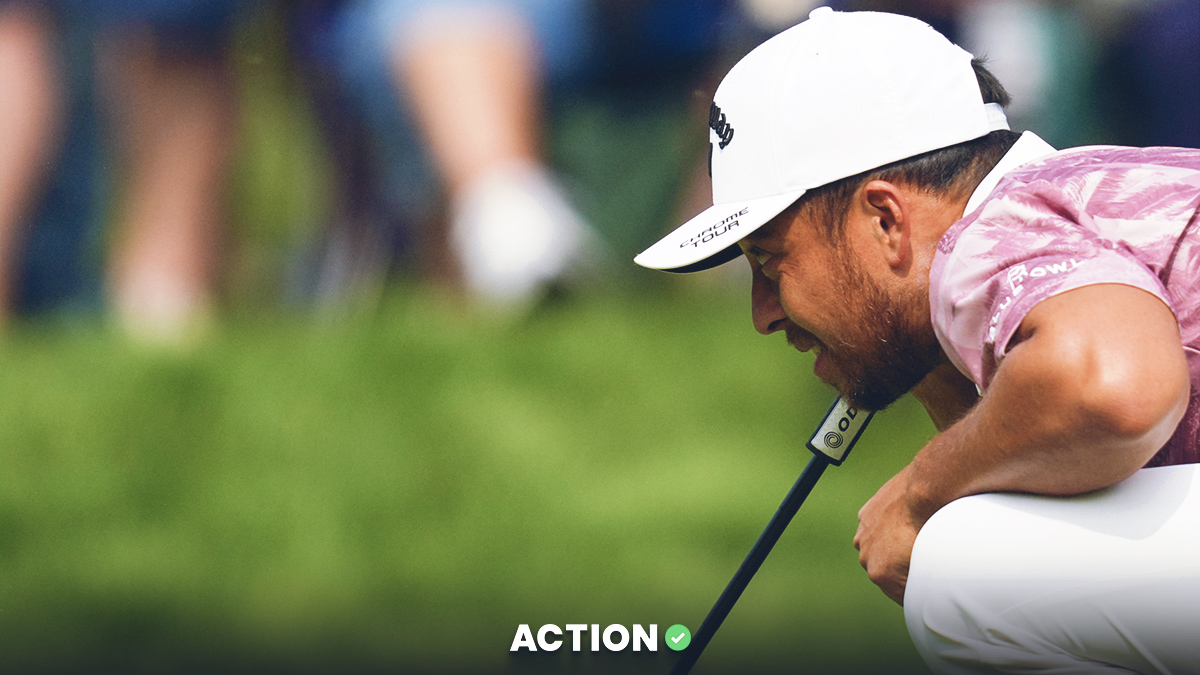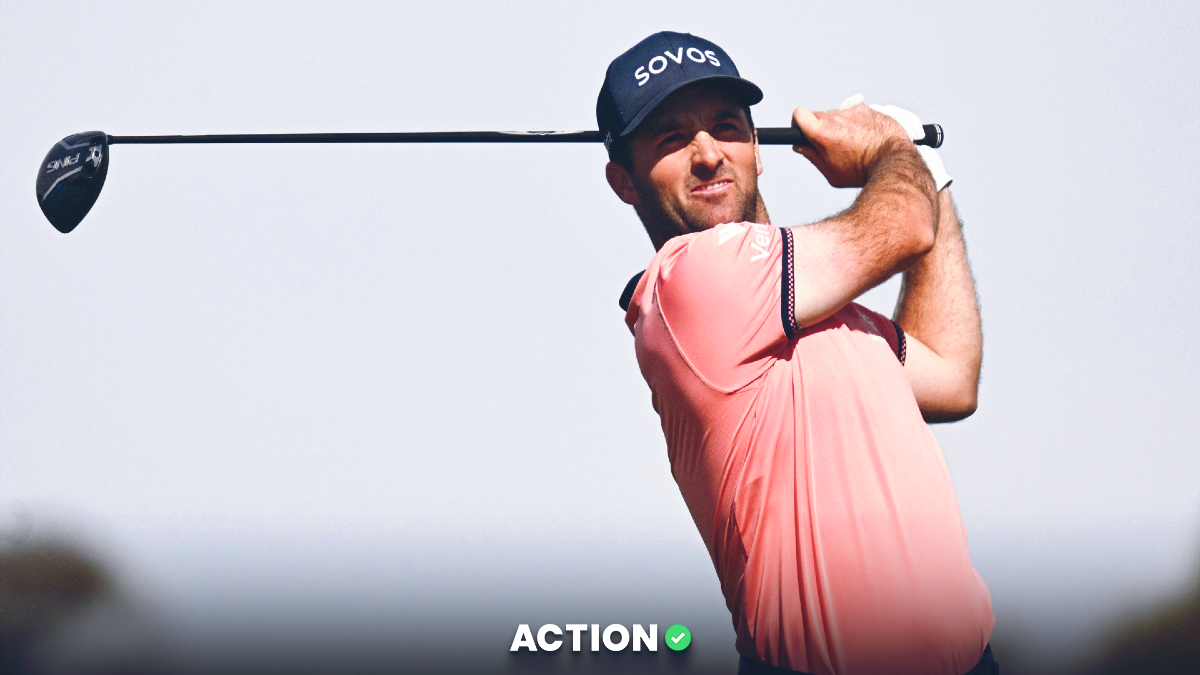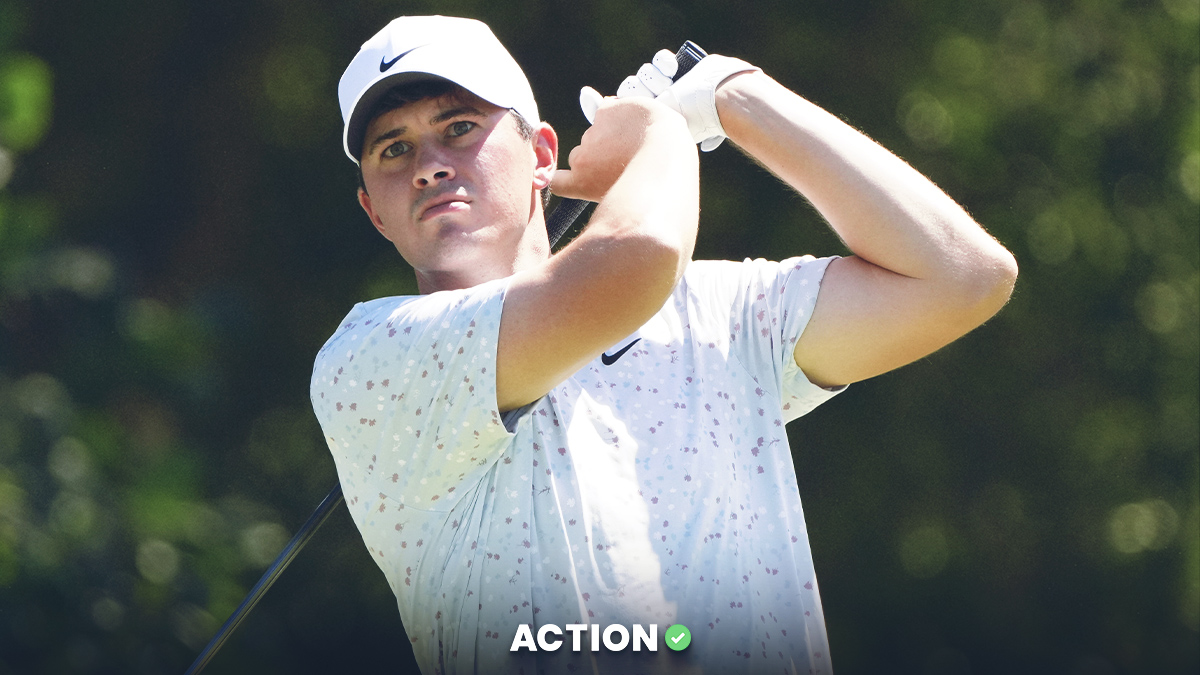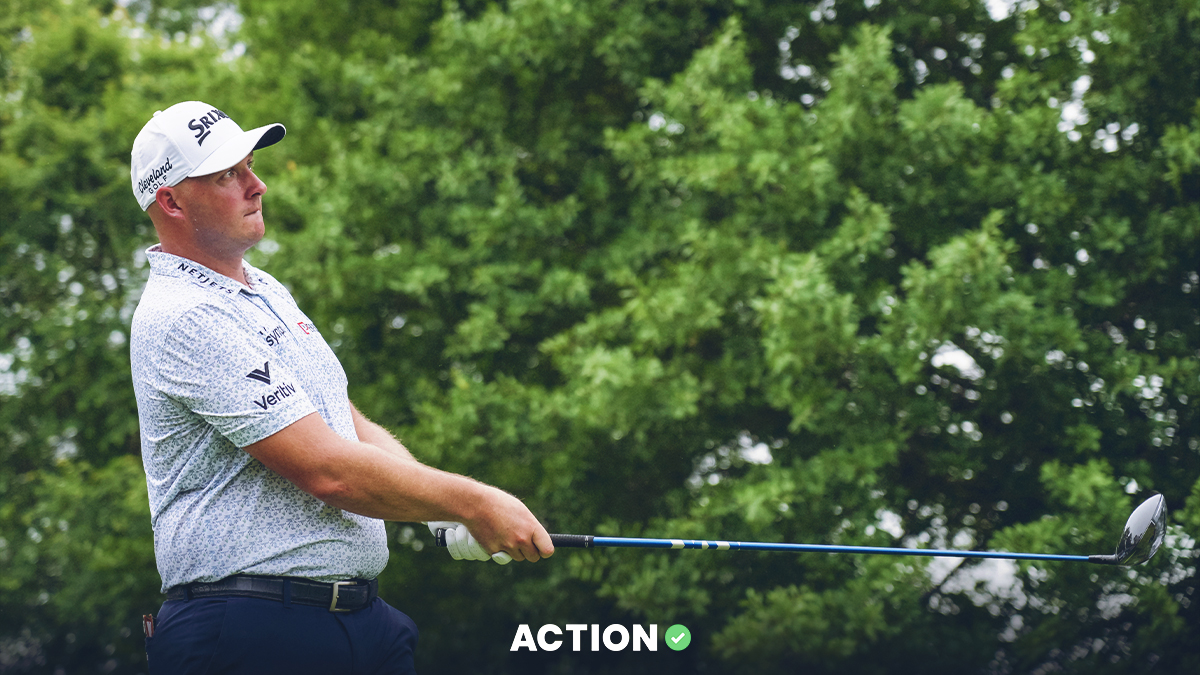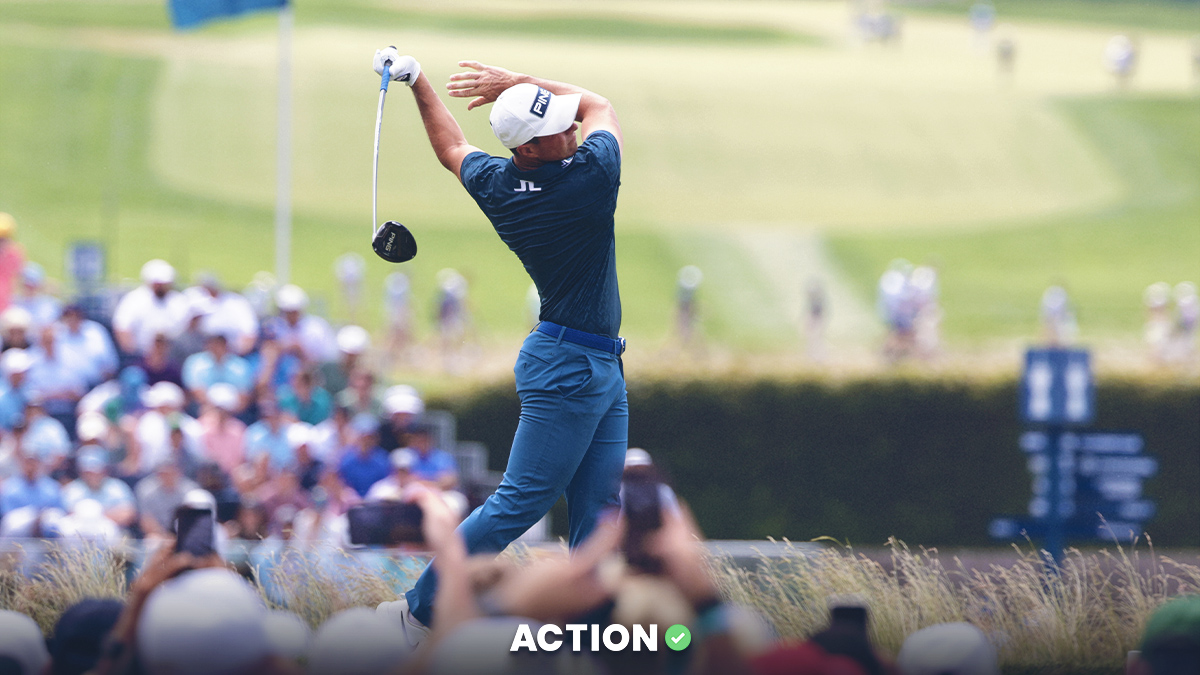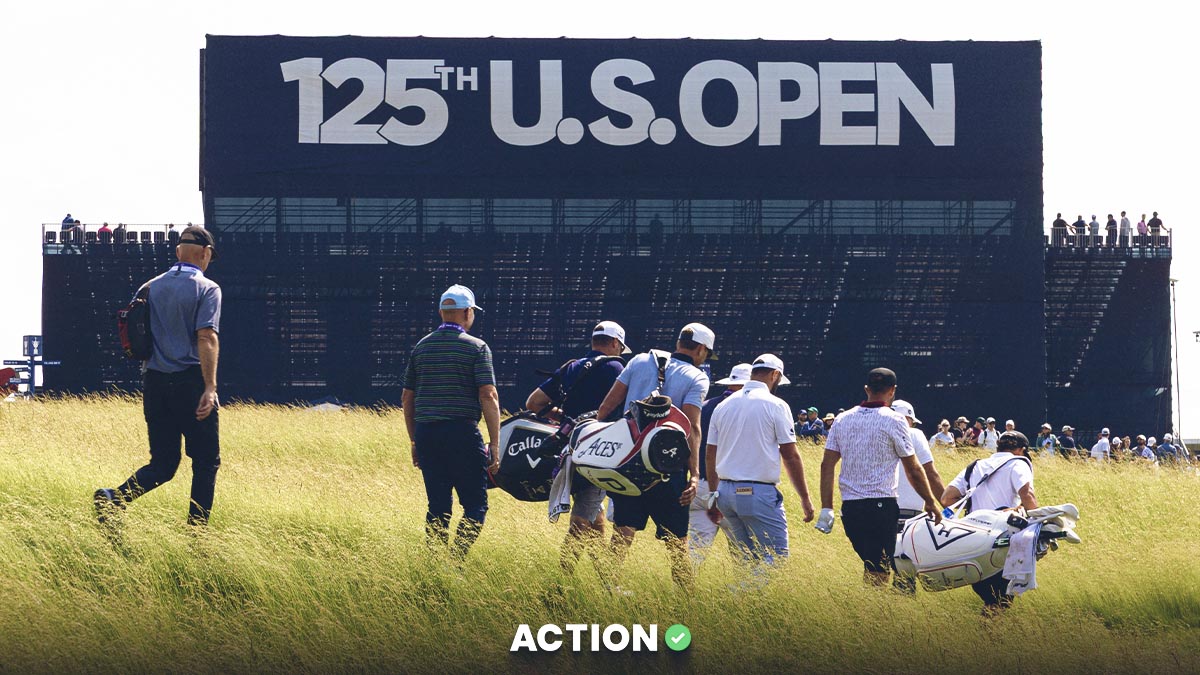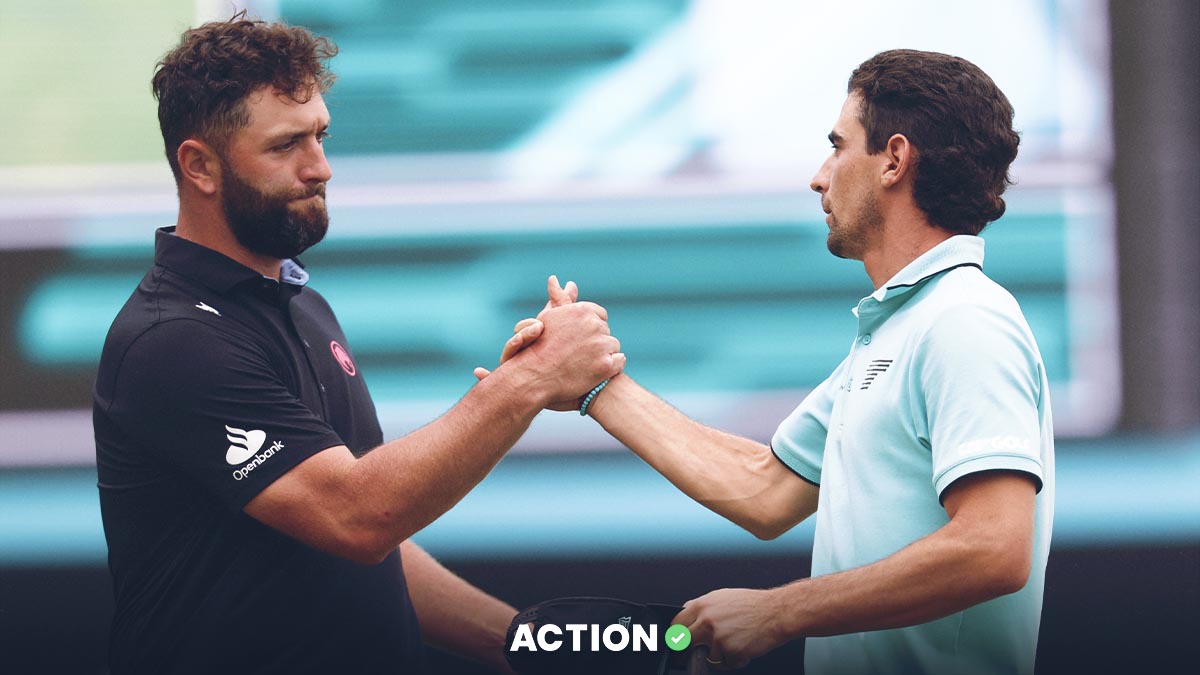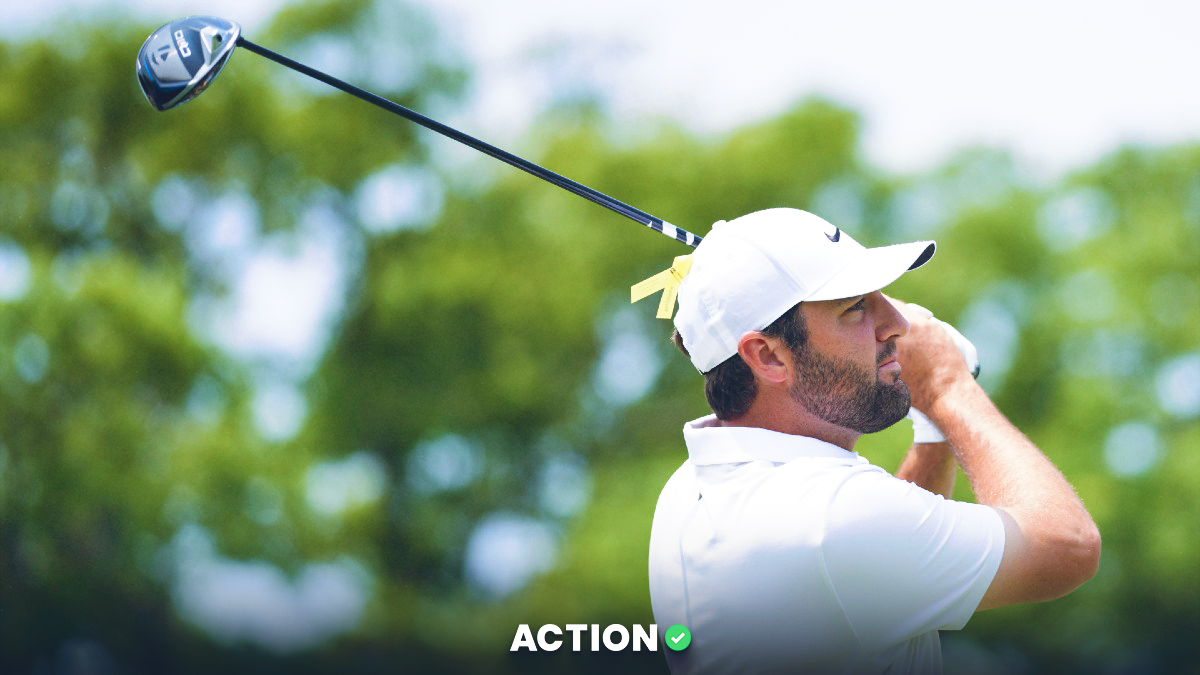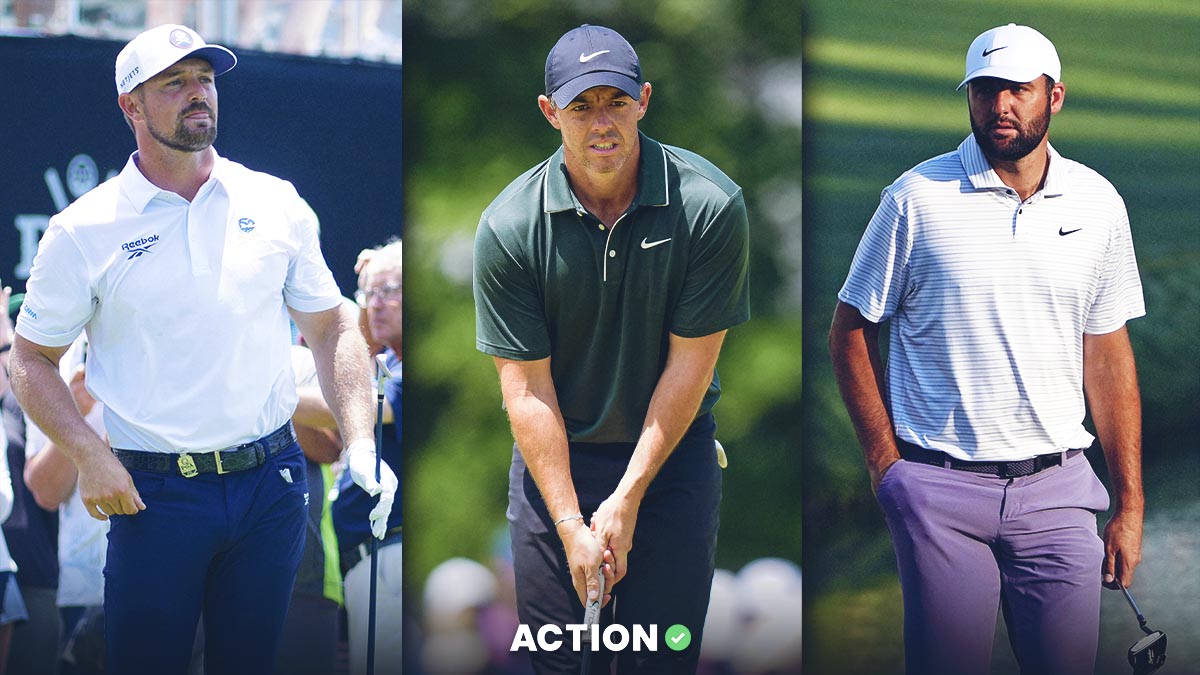The Open Championship begins Thursday at Royal Liverpool Golf Club where 156 of the world's elite will take on golf's fastest and bounciest challenges.
Competing in—and let alone winning—The Open takes tactical perfection in potentially high winds, seemingly endless rolling hills and thick, wilting grass that envelops the ball if shots aren't placed with pinpoint accuracy.
So what if we took this week's average competitor and plugged him into your Saturday morning foursome at the local golf course? How do you think your game would stack up?
Well, we asked this question to America and found quite the results. Our sample of golfers were comprised of 3,267 Americans that were 59% male, 40% female and 1% other residing across all 50 U.S. states. Their skill levels were varied.
The research was performed by Research Without Barriers and it took place between June 9 and June 13, 2023.
America's Average Golfer Likes Their Chances Against a Pro
A "scratch" golfer is defined as a player with a 0 handicap. Players at this level can shoot around par on any given golf course. The average male golfer in America holds a handicap of around 15, while females are at 27. When you get below zero is when digits with a "plus" appear before it, which is where the PGA TOUR pros reside. An average professional has a +5.4 handicap.
Our survey results indicated that 62% of average American golfers think they would record a better score for at least one hole throughout an 18-hole round vs. a PGA TOUR pro.
A professional records between three to four birdies per 18 holes, while a scratch golfer between two and three. Someone with a high-teens handicap cards about seven bogeys, four double-bogeys and a pair of triples in an 18-hole round.
If you need a face to match this data with, the median score for 18 holes in the 2023 PGA Tour season is 71.145. Tiger Woods sits right in that territory averaging 71.5 strokes a round.
Different Clubs, Different Perceptions for American Golfers
We broke down the golf bag by shot types to get a sense for what clubs people feel the strongest about in their game.
On TOUR, a player is expected to exceed sinking 90% of putts from within five feet. The 5-10 foot range is between 50% and 60% and 10-to-15 dropping to about 10% to 20%. 3-putts are frowned upon in any circle of skill level, but on TOUR, Maverick McNealy leads in 3-Putt Avoidance with 10 through 1,026 holes. Brent Grant is the last-place player in the stat with 54 through 1,116.
Our survey results revealed that 37% said they putt superior as opposed to the ‘average’ pro. We found 50% or more of golfers in each of Delaware, Idaho, Kansas, Maryland, Virginia, South Dakota, Wyoming and West Virginia had this confidence in their putting.
OK, so how about off the tee? Rory McIlroy holds the current longest average drive on Tour amidst the 2023 season at 327.6 yards. An average professional will sit inside the 290 to 300-yard range. 31% of all American golfers think their driving is better than that of the ‘average’ pro. In Vermont, everyone who took the survey said they would outduel a pro with their driver.
Over the course of 1,224 holes, Scottie Scheffler leads with 905 greens in regulation, which means he's hit his approach shots for birdie position 73.94% of the time. This includes situations from 75 to 200+ yards, in the rough, on the fairway, in bunkers and on the fringe. The Tour average is at 65%, while an everyday golfer roughly hits 25-35% of greens in their approach game. Our survey indicated that 23% of America likes their approach game better than the pros—particularly in Kansas, where 58% chose themselves for this shot.
We looked at Scrambling Percentage to measure chipping abilities. This calculates the number of times a golfer successfully gets up and down to save par or better after missing a green in regulation. Of course, effective short game is critical to scoring and requires an acumen for touch and distance control. Tour professionals average 58% in Scrambling Percentage, while casual players range between 15% and 20%. One fourth of our survey takers answered they are better with a wedge in hand versus the Tour. Vermont also led in chipping self-assurance at 60%.
A "sand save" is a statistic for players who can escape a bunker in one shot and subsequently hole out on the next. Heading into The Open Championship, Justin Rose leads with a 67.95% Sand Save Percentage out of 78 bunkers with exceptionally challenging size, depth and sand quality difficulty. In the sand trap department, 22% of our surveyed golfers think they would perform better. Wyoming and Rhode Island both had 50% or more say their sand wedge could be more efficient than a Tour player.
Only 29% answered that they don't think any of their abilities on the golf course are better than that of the average pro. Minnesota, Missouri, Nebraska, New Hampshire, North Dakota were the most grounded states—each having 50% or more answer this way.
Course Familiarity Appears as a Factor for Confidence
The last time The Open was played at Royal Liverpool was in 2014 when McIlroy won at 17-under par with an average score of 67.8 strokes.
A regulation golf course is around 6,600 yards in length; Royal Liverpool is 7,218.
Royal Liverpool is designed to punish players that don't execute with exact precision. The turf is as firm as hardwood floors, the fescue is grown knee-high and the bunkers are built with looming, riveted walls.
The 2014 Open's cut line was at +2, which was 147 strokes after two rounds of play (73.5).
In a head-to-head competition, 34% of American golfers would bet on themselves to win a match on their own home course against a professional. 60% of both Vermont and Alabama golfers said they would put money on themselves in this scenario.
Almost all states had a large majority say they would not bet on themselves. California, Delaware, Georgia, Kansas, New Mexico, New York, Texas, West Virginia and Wyoming were all indifferent with around a 50/50 split of yes and no answers.
Montana, New Hampshire, and South Dakota were the only states where 100% of people said they wouldn't win.


